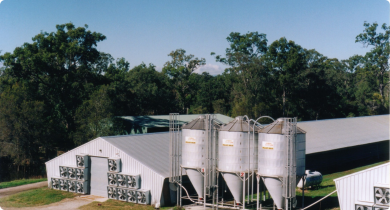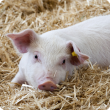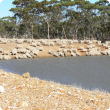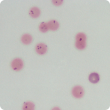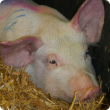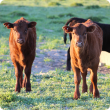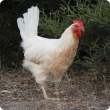DDLS - Animal pathology
DDLS – Animal pathology (formerly Animal Health Laboratories) is a service area under the DAFWA Diagnostic Laboratory Services (DDLS) - an amalgamation of DAFWA plant and animal laboratory and inspection services.
The DDLS – Animal pathology is a National Association of Testing Authorities (NATA) accredited laboratory in the field of veterinary testing. This service provides effective and efficient laboratory capacity, policy input, research and testing for early diagnosis of notifiable diseases and verification for market access importation protocols for the state's livestock industries.
We undertake notifiable disease rule outs and support the investigation of more than 1000 stock disease incidents and 200 animal exports consignments annually. We research significant livestock diseases and improve and develop new tests to support for research on animal production.
Filter by search
Filter by topic
- (-) Remove Livestock & animals filter Livestock & animals
- Pests, weeds & diseases (78) Apply Pests, weeds & diseases filter
- Biosecurity & quarantine (77) Apply Biosecurity & quarantine filter
- Biosecurity (77) Apply Biosecurity filter
- Livestock biosecurity (76) Apply Livestock biosecurity filter
- Diseases (75) Apply Diseases filter
- Livestock health & diseases (75) Apply Livestock health & diseases filter
- Livestock disease surveillance (72) Apply Livestock disease surveillance filter
- Livestock species (62) Apply Livestock species filter
- Livestock management (32) Apply Livestock management filter
- Sheep (27) Apply Sheep filter
- Beef cattle (23) Apply Beef cattle filter
- Emergency animal disease preparedness (21) Apply Emergency animal disease preparedness filter
- Dairy cattle (18) Apply Dairy cattle filter
- Management & reproduction (12) Apply Management & reproduction filter
- Poultry & birds (10) Apply Poultry & birds filter
- Goats (8) Apply Goats filter
- Feeding & nutrition (8) Apply Feeding & nutrition filter
- Horses (7) Apply Horses filter
- Pigs (7) Apply Pigs filter
- Control methods (7) Apply Control methods filter
- Chemicals (7) Apply Chemicals filter
- Livestock movement & identification (6) Apply Livestock movement & identification filter
- Wildlife biosecurity (4) Apply Wildlife biosecurity filter
- Veterinary chemicals (4) Apply Veterinary chemicals filter
- Residues in livestock (4) Apply Residues in livestock filter
- Preventing residues (4) Apply Preventing residues filter
- Food, export & investment (2) Apply Food, export & investment filter
- Emergency response (2) Apply Emergency response filter
- Quarantine (1) Apply Quarantine filter
- Stockfeed (1) Apply Stockfeed filter
- Water (1) Apply Water filter
- Water management (1) Apply Water management filter
- Livestock research & development (1) Apply Livestock research & development filter
- Climate, land & water (1) Apply Climate, land & water filter
- Export services (1) Apply Export services filter
- Importing animals (1) Apply Importing animals filter
- Importing to Western Australia (1) Apply Importing to Western Australia filter
- Investment attraction (1) Apply Investment attraction filter


